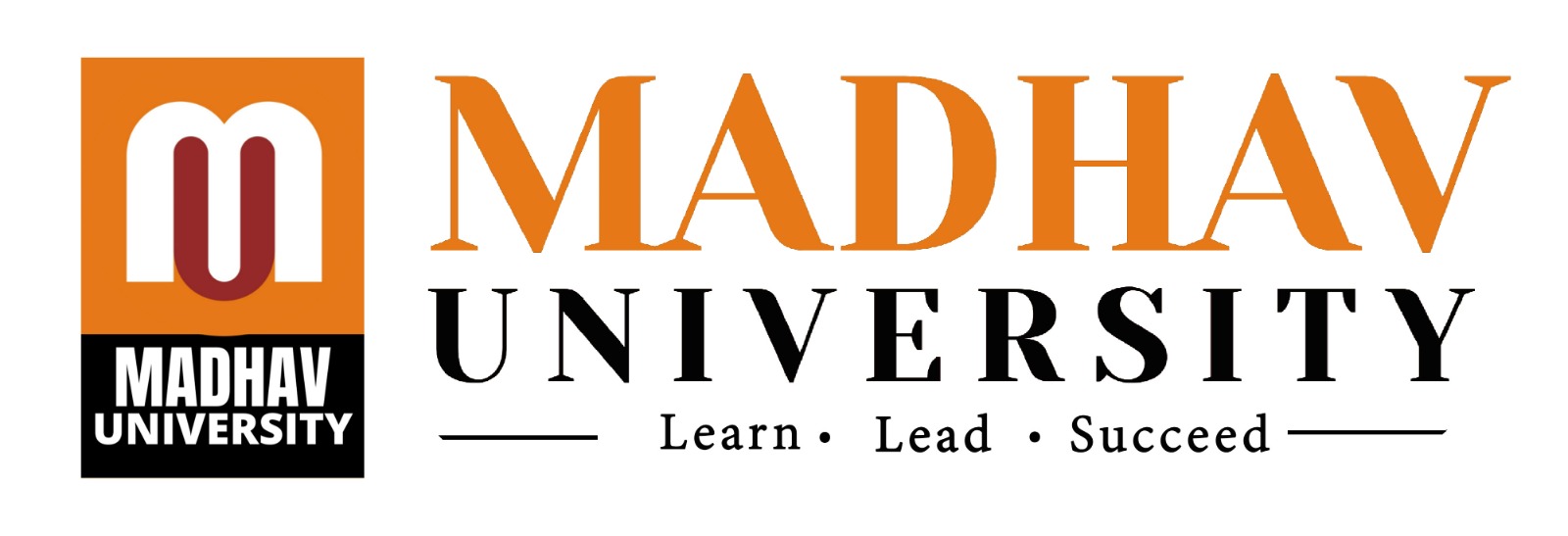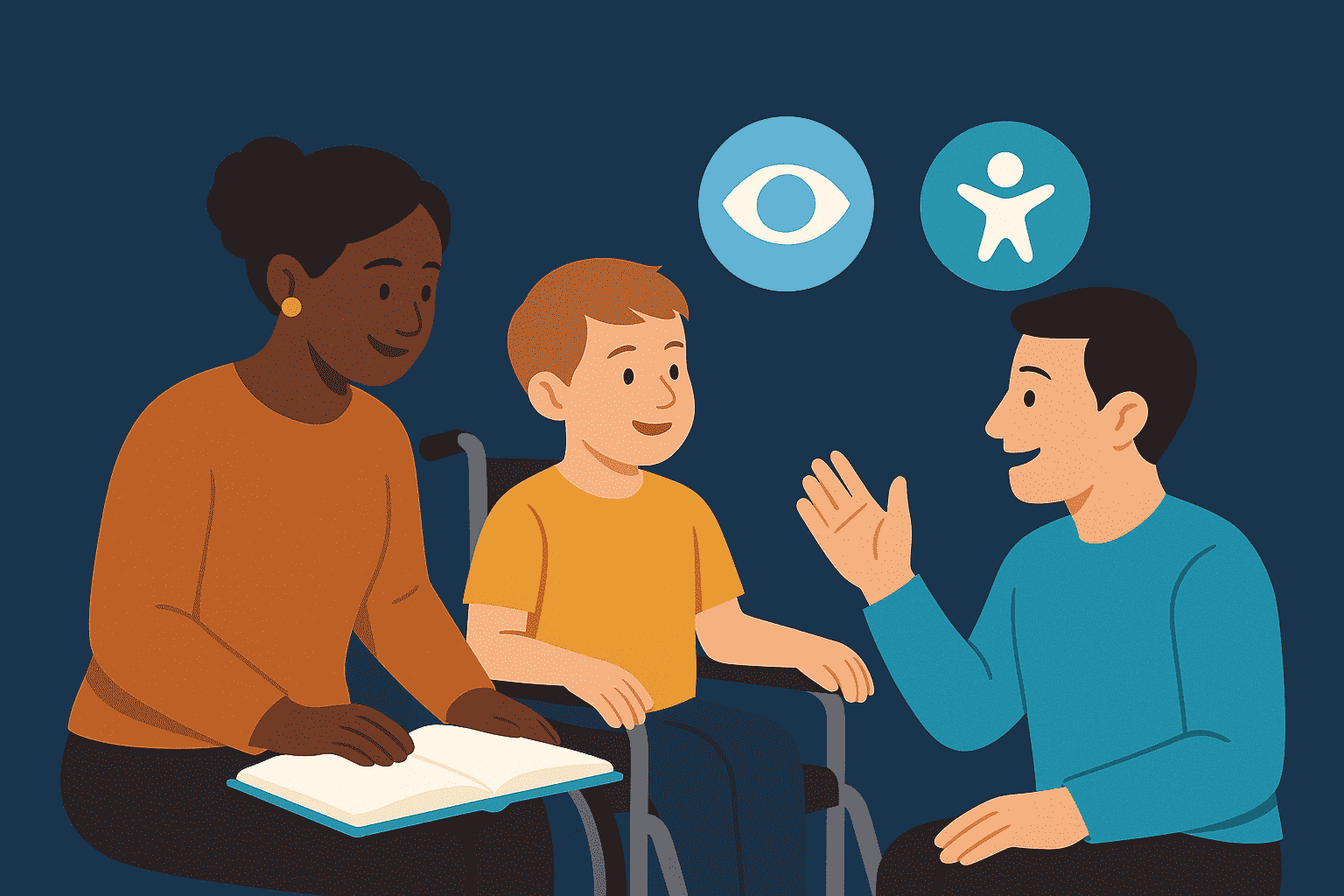Inclusive education is a new way of delivering education that advocates for children to receive quality education, regardless of their physical, intellectual, social, emotional, linguistic, or any other conditions. Inclusive education supports the diversity of all students, and embraces students’ rights to participate completely in any part of ‘school life’.
Inclusive education focuses on values pertaining to equity and social justice, believing that every learner matters equally. The success of inclusive education is dependent on the awareness and attitudes of everyone involved – teachers, students, parents, and policy-makers.
Understanding Inclusive Education
Inclusive education involves far more than providing a seat in a regular classroom for children with disabilities. Inclusive education requires team-work, flexible thinking, and the creativity, knowledge, and commitment to breaking down as many barriers as possible to all learners including those who may have special needs by modifying instructional practices, programs, classrooms and assessments to better suit diverse learners.
The Need for Awareness
Awareness is critical for successful inclusion to take place in schools. Everyone involved in the education of students must have awareness regarding the principles of inclusion, the strategies, and benefits of inclusion.
Awareness is an umbrella term that includes knowledge of different disabilities, knowledge to involved teachers on how to adapt their lessons, knowledge to create classroom cultures that will allow them to best support the students’ learning, awareness of the need for students to interact with their peers, and the impacts when this doesn’t happen at an early age; just to mention a few.
But awareness is not important only for the sake of teachers and staff. It is also important that the parents and the community are aware of the rights of children with special needs and the benefits of inclusive education for all learners. Municipalities, the media, special need associations, and educators must collaborate to carry out proper sensitization campaigns, training sessions, and workshops with all community members to dispel myths and stereotypes about inclusion.
Beliefs toward Inclusive Education
Beliefs refer to the affective, cognitive, and behavioural attitudes of an individual about inclusive practices. Positive attitudes are important for inclusive to work. Teachers who believe that every child can be successful are more likely to try out innovative solutions to facilitate learning for diverse learners. Similarly, when students and parents believe inclusively, the environment can become more trusting and welcoming.
Unfortunately, negative attitudes can be significant barriers to inclusion such as preconceived bias, fear, or lack of confidence. Some educators may feel a lack of preparedness or be overwhelmed by demands of inclusive education, while others may not believe that students with disabilities are academically or behaviourally capable of acceptance.
Thus, the impact of positive vs negative attitudes may need to be addressed through ongoing professional development, support, and sharing of successful inclusive practices.
Challenges
Even with educational advances toward inclusive education, many challenges still exist:
Limited Training and Resources: Quite a few teachers do not know much or have experience with working with various learning needs.
Bias and Stereotypes: Personal and societal biases can cause people to resist inclusive practices.
Structural Challenges: The physical environment may not be able to be adapted to appropriately address the needs of all students.
Rigid Curriculum: Traditional curricula do not typically consider the needs of diverse learners.
Strategies to Increase Awareness and Attitude
To achieve awareness and positive attitudes the following strategies can be used:
- Professional Development- Providing regular workshops, training and seminars to teachers and school staff in the form of professional development to address inclusive education.
- Curriculum Changes- Building curricula that are flexible and can adapt to the needs of all students.
- Public Awareness- Perform public campaigns in communities for awareness purposes that promote inclusive education and the acceptance of learning diversity.
- Success Stories- Share examples/stories of success through inclusive education that gets people excited and encourages a change in route.
- Policy- Governments must legislate policies to enable inclusive practices in schools.
Conclusion
Inclusive education is not merely a requirement of policy, but an indication of a fair and just society where awareness and promotion of positive attitudes are essential initial stages for making an inclusive system for all children possible. There is a possibility that with the collaborative efforts of our educators, parents, students, and policymakers, an inclusive system of quality education for all can be achieved.
References
1. UNESCO. (2009). Policy Guidelines on Inclusion in Education. Paris: United Nations Educational, Scientific and Cultural Organization.
2. Ainscow, M., Booth, T., & Dyson, A. (2006). Improving Schools, Developing Inclusion. London: Routledge.
3. Florian, L. (2014). What counts as evidence of inclusive education? European Journal of Special Needs Education, 29(3), 286–294.
4. Sharma, U., Loreman, T., & Forlin, C. (2012). Measuring teacher efficacy to implement inclusive practices. Journal of Research in Special Educational Needs, 12(1), 12–21.
5. Slee, R. (2011). The Irregular School: Exclusion, Schooling and Inclusive Education. London: Routledge.
6. Forlin, C. (Ed.). (2010). Teacher Education for Inclusion: Changing Paradigms and Innovative Approaches. London: Routledg
– Mr. Shrey Khatak, Assistant Professor
Department of Special Education, Madhav University

